Imagine a scene bursting with color, rhythmic drumming, and intricate dance regalia. This isn’t a historical reenactment – it’s a modern-day powwow, a vibrant celebration of Native American heritage and community. Powwows hold deep meaning for Native American people, and they also offer a glimpse into their rich traditions for visitors of all backgrounds.
More Than Just a Gathering
Powwows are social gatherings for Native American tribes and communities. They bring families together from far and wide, strengthen intertribal bonds, and provide a space to honor ancestors and traditions. While some powwows are private affairs, many events enthusiastically welcome the public to share in the celebration.
A Feast for the Senses
Prepare to have your senses awakened! Powwows showcase mesmerizing dance competitions with participants dressed in elaborate regalia – each detail bearing significant symbolism. Skilled drummers and singers provide a powerful soundscape, their music carrying through the generations. Traditional Native American foods and crafts offered by vendors are an opportunity to expand your horizons, while also supporting Indigenous artists.
The Power of Dance
Dances play a central role in powwows, and each style holds deep cultural meaning:
- Men’s Fancy Dance: A visually dynamic dance known for its fast-paced steps, vibrant regalia, and athleticism.
- Women’s Jingle Dress Dance: This dance originates from healing traditions, the many metal cones on the dress create a distinctive jingling sound as the dancer moves.
- Grass Dance: With swaying motions inspired by tall prairie grasses, this dance often depicts preparation for battle or a hunt.
Drumming as the Heartbeat
A group of men surrounds a large drum, their voices rising in song. The sound reverberates across the powwow grounds – this is the drum group, providing the pulsating rhythm for dancers and ceremony. Drumming carries spiritual significance, often referred to as the heartbeat of Native American culture.
History Embedded
While powwows have roots in ancient ceremonies, they’ve transformed over time. The powwows we see today grew out of efforts to sustain Native American cultures in the face of suppression. They became a place to celebrate traditional dance, song, and togetherness, fostering a powerful sense of resilience and connection.
Attend a Powwow with Respect
If you have the opportunity to attend a powwow, here’s how to be a respectful participant:
- Do Your Research: Learn about the specific tribes attending and if there are protocols on the event’s website or from organizers.
- Photography Etiquette: Always ask permission before taking photos of individuals, especially those in regalia.
- Be Mindful: Listen to announcements and be aware of your surroundings. Some ceremonial dances may require silence or refrainment from recording.
- Support Native Artists: Consider purchasing crafts and food from vendors – it’s a meaningful way to show support.
Action Point
Want to experience the beauty and power of a powwow for yourself? Search for “powwows near me” or check out resources like [[invalid URL removed]]([invalid URL removed]) to find a calendar of upcoming events. Immerse yourself in this celebration of rich tradition and support the thriving Native American community.
Why Should You Care?
- Respect and Appreciation: Learning about powwows promotes understanding of different cultures, breaking down stereotypes and fostering intercultural connections.
- Preserving History: Powwows are living history. Knowledge of these events gives insight into how Native American communities have carried traditions through generations, while highlighting ongoing resilience.
- Witnessing Artistic Expression: Experiencing powwows exposes you to beautiful art forms, dance, music, and craftsmanship unique to various Indigenous cultures.
Key Takeaways
- Powwows are about community: Central to these events is a celebration of tribal bonds, togetherness, and honoring shared heritage.
- Traditions with deep meaning: Dances, drumming, and regalia are more than just spectacles; they embody spiritual significance and carry stories within them.
- Evolving celebrations: Modern powwows stem from cultural resilience, demonstrating an adaptation of ancient traditions to a contemporary world.
- Respectful participation: Attending a powwow with an open mind and adherence to etiquette allows for both appreciation and mindful learning.
Keywords
- Powwow: A social and cultural gathering of Native American people, featuring dance, music, and crafts.
- Native American: Indigenous peoples of North America, encompassing a vast number of distinct tribes and nations.
- Regalia: Elaborate, traditional clothing and adornments worn at powwows, often with deep cultural and familial meaning.
- Intertribal: Involving multiple Native American tribes or nations.
- Dance Competitions: A key feature of powwows, with different dance styles each holding particular significance.
- Drumming: Central to ceremonial music, the rhythms are referred to as the “heartbeat” of a powwow.
- Jingle Dress Dance: A traditional women’s dance with spiritual origins, known for the jingling sounds created by its metal adornments.
- Cultural Resilience: The ability of a culture to maintain its practices and traditions amidst adversity and change.
- Vendor: Traders offering traditional Native American foods or hand-crafted items at powwows.
- Etiquette: Guidelines for respectful behavior, especially important when attending cultural events like powwows.
Frequently Asked Questions
- Can anyone attend a powwow? Many powwows are open to the public, but always verify this through event organizers beforehand.
- Is there a fee to enter a powwow? Often there is a small admission fee to help cover event costs.
- Are there specific types of powwows? While all powwows share common elements, some can be competition-focused, while others prioritize traditional ceremonies.
Myth Buster
- Myth: Powwow regalia is just a costume.
- Reality: Regalia holds deep ancestral and personal significance. Every color, feather, and symbol has meaning, embodying history and lineage for the dancers.
Let’s Talk!
- If you’ve attended a powwow, what was the most memorable part for you?
- Do you think educational events promoting awareness of powwows and Native American culture are important? Why or why not?
- How can we be more mindful of supporting Native American artists and communities?
Let’s keep the conversation going – share your thoughts below!

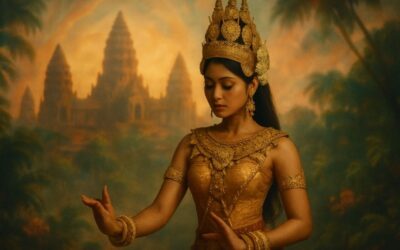
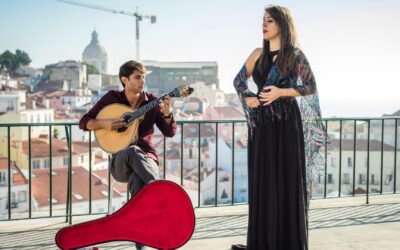

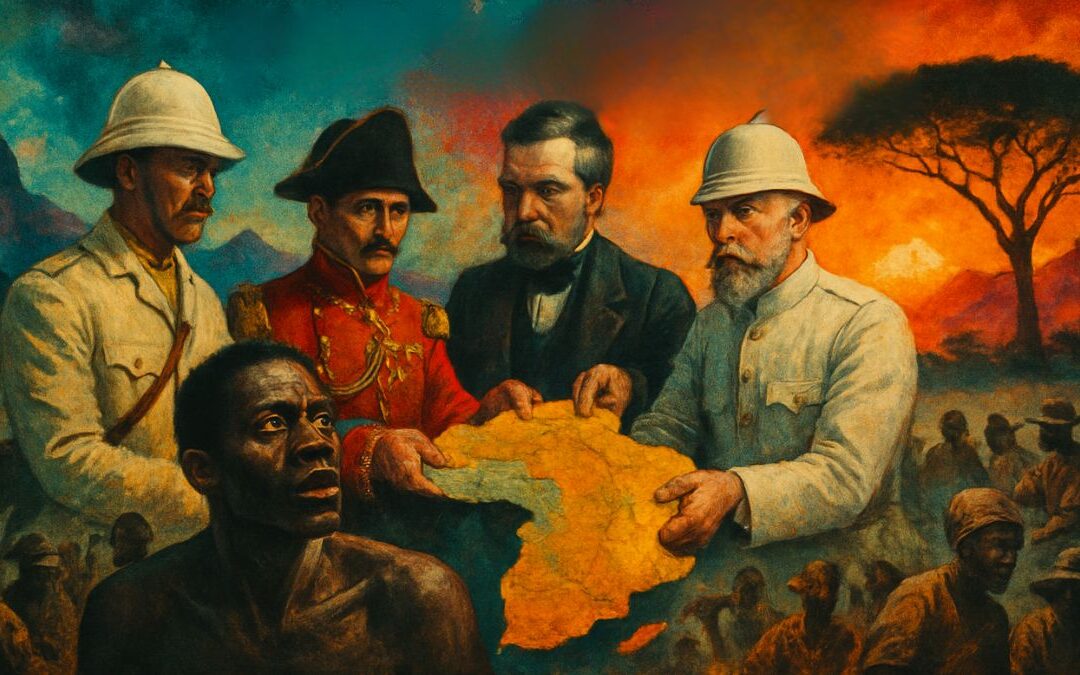


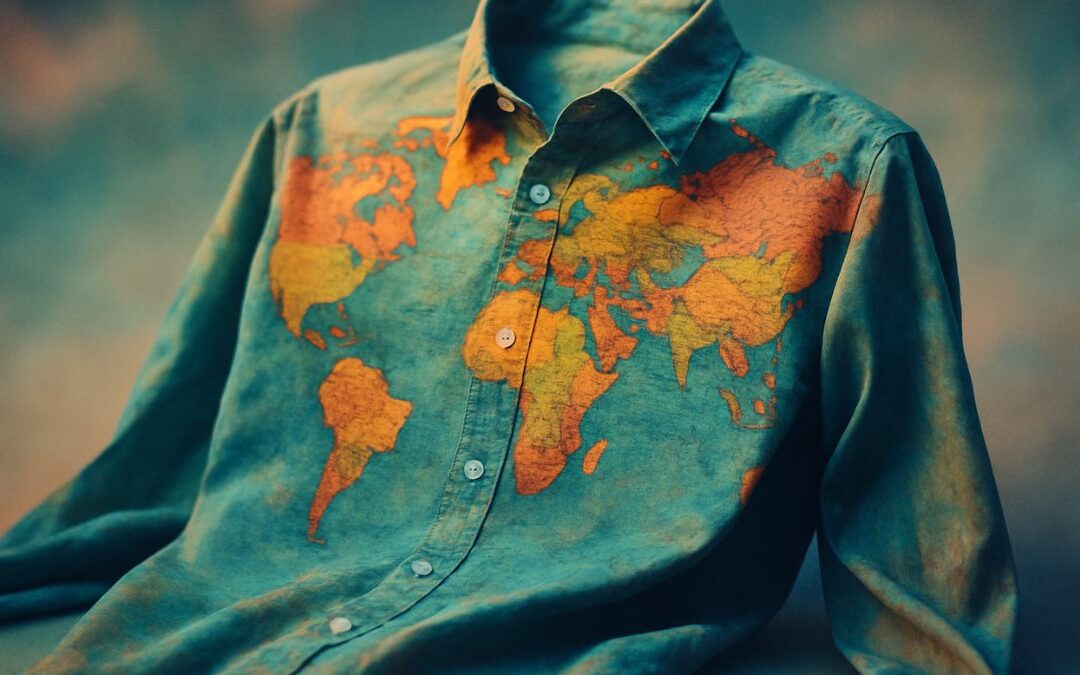
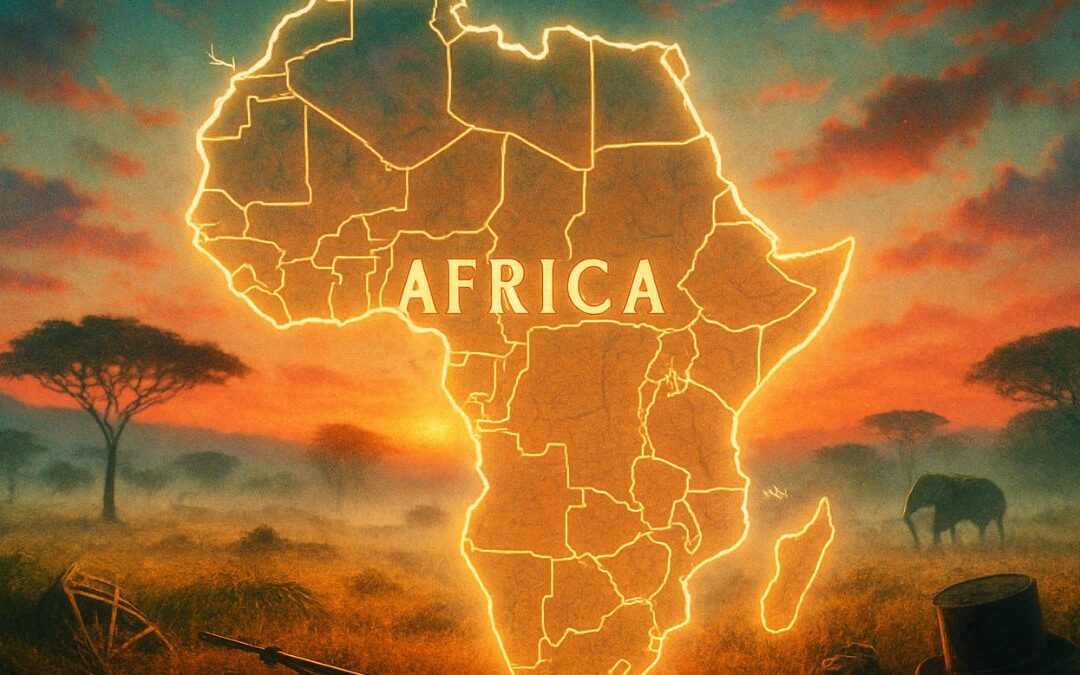
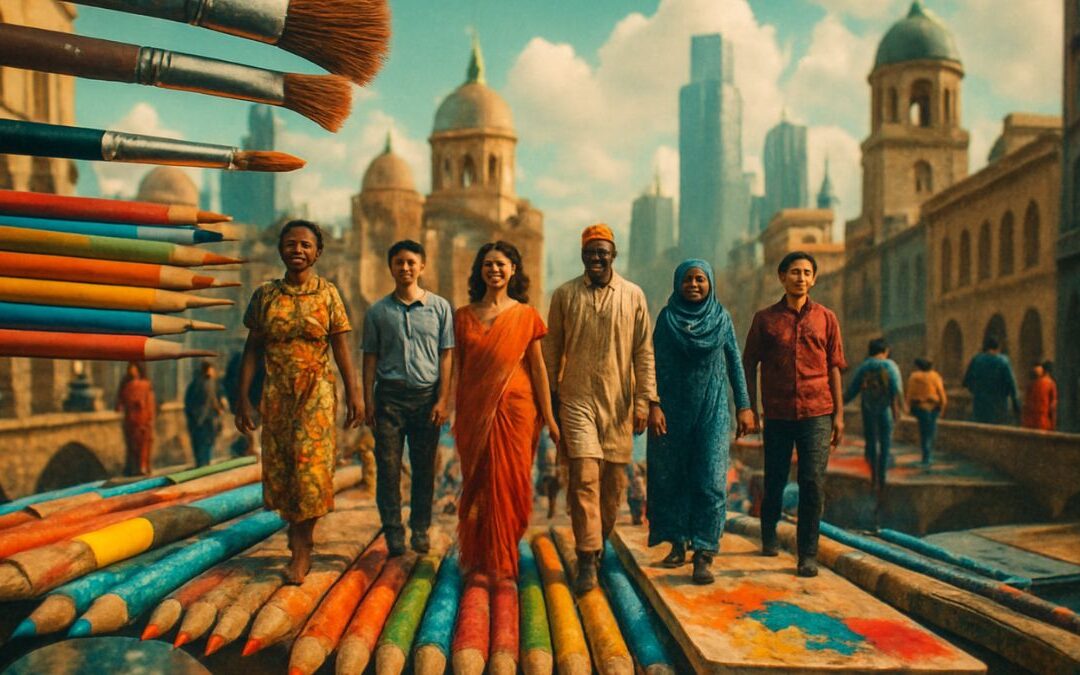
0 Comments